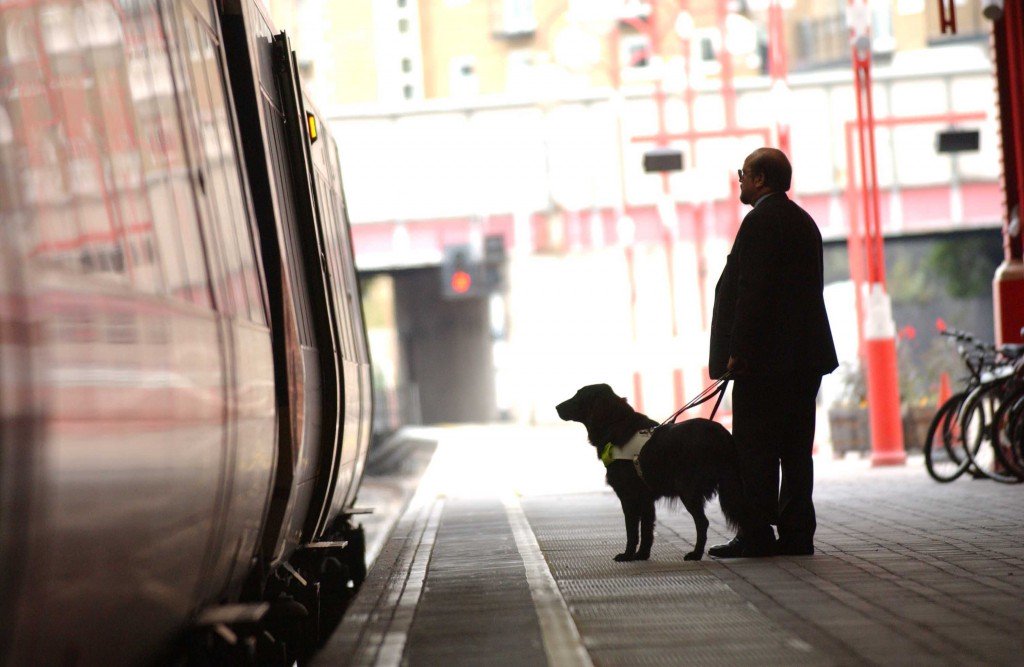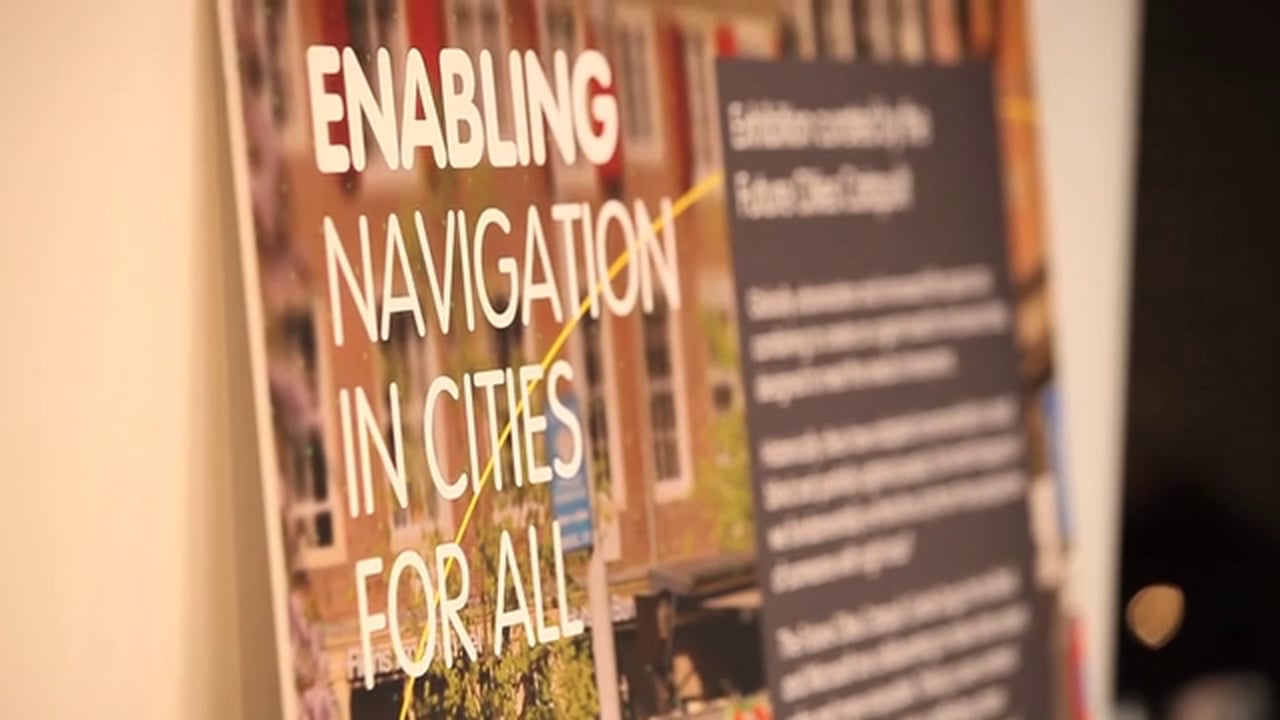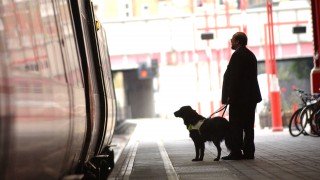Understanding the challenge
Many people with sight loss are too anxious to leave home alone
Getting around cities is a nerve-wracking experience for too many people, especially those living with sight loss. It can often feel as though public spaces and services – from parks to transport systems – are designed with insufficient consideration for the people they serve.
Although many people with sight loss already tackle the challenge of getting around our cities independently, this can be extremely difficult. We know that 180,000 people with sight loss rarely leave home alone, as the thought leaves them feeling anxious and vulnerable.
This causes problems for society as well as individuals. Limited mobility is one of the factors contributing to unemployment rates among the blind of over 70%, compared to 7% for the general population. The absolute number of people with sight loss is likely to increase as the proportion of people in the UK with a visual impairment doubles between 2008 and 2050 to four million. This will put more pressure on city authorities as budgets continue to decline.
We wanted to understand why
Cities Unlocked came together to better understand and improve the experiences of individuals living with sight loss. We commissioned the Helen Hamlyn Centre at the Royal College of Art to shadow eight people with sight loss as they planned and undertook journeys and made a number of discoveries about how they experience the city, which you can see in our films.
The research showed that people with sight loss spend a lot of time planning their journeys. Once out of the house, they depend on a certain level of predictability when navigating roads. Changes in a known route can cause problems and may mean the individual requires assistance from a passer by.
We found people with sight loss are often dependent on other people to help them when they’re out and about. Getting onto buses and trains can be stressful, particularly finding the doors, opening them and then finding an appropriate and available seat. Likewise knowing when and where to get off a bus or train can be difficult, for example overcoming unexpected gaps or changes in height when stepping off the vehicle.
Train stations are complicated environments and can be particularly difficult. Signage isn’t always to the required standard and the movement of large numbers of people in large public spaces can cause confusion and reduce confidence.
Maintaining confidence is a critical requirement for those with visual impairments when out and about. Making a familiar, let alone an unfamiliar journey, requires huge levels of concentration and can be extremely tiring.
We also found that many people with sight loss are already confident users of smart phones and some travel with two, so they have a back up if one should fail them. Though hands-free solutions are preferred (one hand is often occupied holding a guide-dog harness or long-cane) the combination of new low-cost technologies and more traditional mobility aids could, in time, become the ‘new norm’ for many people with sight loss and could be used in different combinations according to specific needs and circumstances.
New mobile technology has provided further opportunities for new research. We asked the Centre for Advanced Spatial Analysis (CASA) at UCL to use electroencephalography (EEG) brain monitoring, a technology usually confined to the lab, to measure the cognitive and emotional responses of people with sight loss as they moved around the city, allowing us to – almost literally – get inside the heads of people with visual impairments.
The EEG monitoring research study recorded much higher levels of excitement and frustration for people with sight loss than for those without. The data suggests that pedestrian shopping streets created increased frustration in the group with sight loss, and that green spaces decreased stress in both groups. As expected, road crossings were particularly high peaks for the visually impaired.
We set out to find solutions
Cities Unlocked set out to develop a technology-enabled smart city experience that will enhance well-being. It is therefore important that we clearly understand what ‘well-being’ means, particularly in the context of visual impairment. Research conducted by Guide Dogs defines well-being as having four components:
- Physical well-being relates to bodily processes and systems.
- Emotional well-being concerns thoughts and feelings and the degree to which one feels positive and enthusiastic about oneself and about life.
- Social well-being concerns interdependence with others and the pursuit of harmonious relationships.
- Spiritual well-being may be intrapersonal (an individual’s own sense of meaning, purpose and values in life), interpersonal (connecting with people, nature or animals) or transpersonal (connectedness to a higher, unknown power or energy)
This definition has informed the work of the project throughout, from research to concept development and testing.
The research enabled the user-experience architects at Microsoft to develop an ‘experience blueprint’ of a journey from Reading to London. This blueprint reflected all the problematic moments along the journey where it was felt technology could help the individual feel empowered to do more, through a sound-based experience which would create a greater sense of wellbeing.
The research also provided a wider tapestry of knowledge around journey-making, which offers various opportunities for planners and others delivering public services to make improvements which contribute to this effort.


